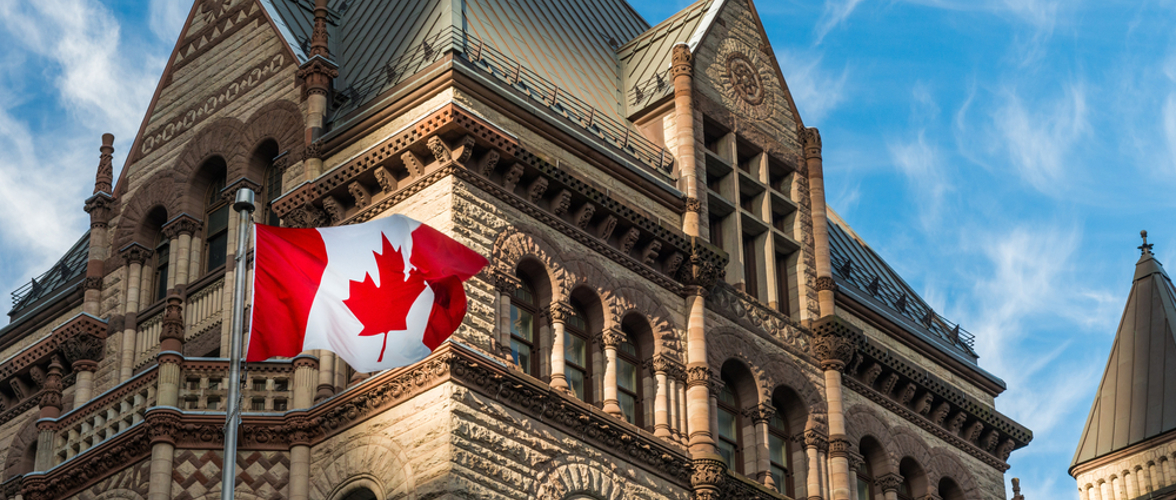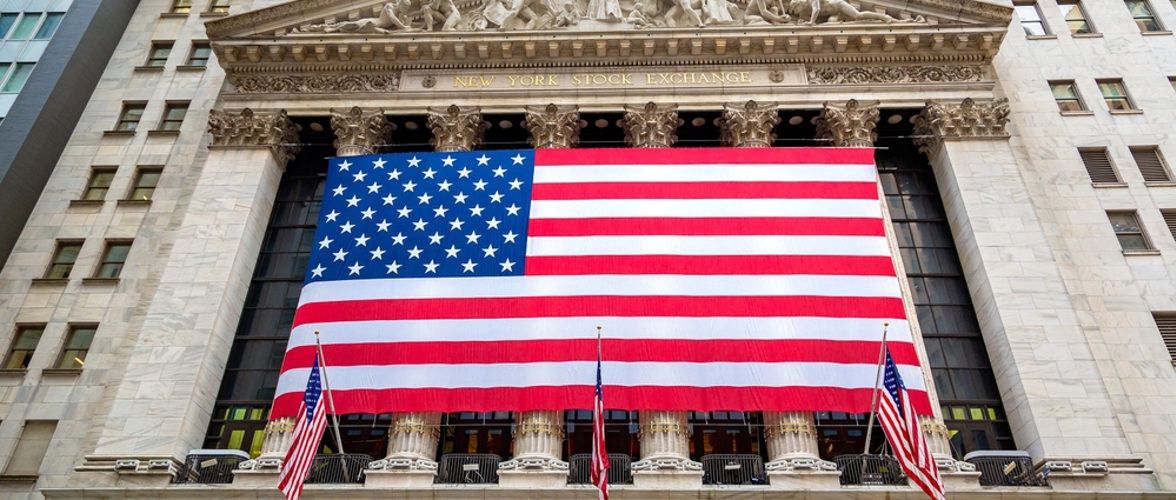As the economy continues on its path to recovery, US GDP has been adjusted to increase 6.5% in the second quarter of 2021. Although this marks some acceleration compared with the start of the year, this brings the economy some stability following the volatility exhibited in 2020. As vaccination rates have continued to increase, state governments have lifted restrictions on various business activities, driving economic growth.
However, the emergence and intensity of the Delta variant has given way to some setbacks, with some cities reimposing mask mandates and restrictions on business operating activities, which has been particularly disruptive for retail industries and food and accommodation services. Additionally, federal unemployment benefits are set to expire in September 2021, which will likely contribute to some additional financial pressures on households in the coming months, particularly in the wake of uncertainty of the new COVID-19 (coronavirus) variant and rising inflation.
Labor market
- Outperforming estimates, 2.5 million nonfarm jobs were gained in the second quarter of 2021, including 943,000 added in July alone.
- Sectors with the largest gains in employment in July 2021 include leisure and hospitality, local government education and professional and business services.
- The retail trade sector was the only sector to exhibit declines in July 2021, despite demonstrating overall growth for the second quarter.
- Additionally, the construction and utilities sectors increased in July 2021 while still declining over the quarter.
- Exceeding economist estimates, the unemployment rate declined to 5.4%, demonstrating a 0.5 percentage point decrease in July 2021, continuing on the path to recovery towards the 3.5% unemployment rate experienced in February 2020.
- Leisure and hospitality continue to be a driving point of labor recovery as this sector had been most affected by travel bans, gathering limitations and indoor dining restrictions. However, this sector is still farthest below prepandemic levels.

Labor market cont.
- Overall, second quarter recovery has been driven by growth in public school education and food services and drinking places.
- However, companies have continued to struggle with fears stemming from the Delta variant and ongoing labor shortages, particularly for lower wage positions.
- Despite these concerns pertaining to the new variant, as vaccines are continuously rolled out and as restrictions ease across the United States with people returning to prepandemic habits, as of July 2021, 13.2% of employed Americans worked remotely.
- Although this marks a moderate decline from 14.4% of remote workers in June 2021, the substantial decline from 35.4% in May 2020 is indicative of resuming economic activity in the labor market.
Consumption surge
- Personal consumption expenditures (PCE) grew 2.8% in the second quarter of 2021.
- For the first time since consumer spending cratered in April 2020, PCE expenditures are up 16.2% on a year-over-year basis, exceeding prepandemic spending levels.
- This surge in consumer spending has been primarily aided by continuing vaccination campaigns, which have permitted people to begin undertaking activities they had been abstaining from. Additionally, people have been eager to travel and have been resuming prepandemic activities and lifestyles, including in-office work and dining at restaurants.
- Spending has continued to be strong for durable goods, which contributed significantly to spending gains.
- Areas of strength include motor vehicles and parts, furniture, recreational and other durable goods.
- Meanwhile, spending on services and clothing, which steadily declined throughout the pandemic, experienced growth in the second quarter as well.
- This included spending on clothing and apparel, food service and accommodation, recreation services and transportation services.
Inflation: transitory?
- Personal Consumption Expenditures price index, excluding food and energy, the Federal Reserve’s preferred inflation measure, increased 1.5% in the second quarter of 2021. Consequently, year-over-year inflation stands at 3.5%. Despite strong growth in 2021, inflation is expected to decline in 2022 as the Federal Reserve tapers asset purchases.
- Current price surges are being driven by supply bottlenecks caused by production issues and tight inventories, as well as a surge in demand following the pandemic. However, if inflation expectations become unanchored, a longer period of inflation is possible.
- Nevertheless, Federal Reserve Chair, Jerome Powell, has indicated that he will not raise interest rates in response to a surge in inflation believed to be transitory.
- The Federal Reserve’s new long-run monetary framework has reframed inflation targeting from a target of 2.0% to an average inflation target (AIT) of 2.0% in the long-run. Therefore, inflation may be permitted to run above 2.0% for a period of time after a period of it running consistently below 2.0%, such as during the prior decade.
- The level of five-year breakeven inflation continues to remain at elevated levels, eroding real yields.

Easing construction activity
- The housing price surge has ended, with housing prices growth beginning to level off. The number of offers on homes for sale has declined dramatically over past few months with about one quarter of home sellers now accepting taking price reductions.
- Construction of new homes, however, is holding up, consistently exceeding 1.3 million units under construction during the second quarter of 2021, surpassing prepandemic levels. In fact, in July 2021, new housing construction activity exceeded February 2020 levels by 157,000 units.
- This growth during the second quarter has been driven by resuming urban economic activity as multifamily construction has grown due to the end of urban flight that occurred during the pandemic’s initial shutdowns and the return of renters to major cities.
- Residential real estate lending strengthened during the second quarter, but may be easing due to dissipating price pressures. Furthermore, banks have eased lending standards for most mortgage categories due to lower risk concerns.
- Nonresidential construction has fallen 1.8% compared to three months ago, driven largely by declines in lodging, such as hotels and motels, and public safety, such as correctional facilities.
- Without these key drivers of decline, nonresidential construction activity would be relatively stagnant during the second quarter of 2021.

Easing construction activity cont.
- Sewage and waste disposal construction, notably landfill construction, has increased due to rising consumer spending in 2021, driving larger waste volumes.
- Increasing manufacturing and industrial output has also driven construction of water supply and conservation equipment to service the ramp-up in capacity utilization.
- This sector’s construction activity has also been driven by rate hikes by regulators that encourage utility companies to replace outdated equipment.
- Although manufacturing output is back to prepandemic levels, manufacturing construction may have bottomed out and the trend may reverse over the coming months.
- Additionally, if an infrastructure bill passes, spending on highways and streets will likely increase; however, this is dependent on Congressional compromise as concerns continue over the high price tag of the proposed bills amid economic recovery.
- Rising rent prices, low interest rates and the return to living in cities has been driving demand for multifamily commercial real estate construction. This has subsequently resulted in reducing risk profile and easing lending standards from banks.
- Commercial and industrial loans have increased during the quarter, indicating both investment in plant and equipment and working capital. This has also lowered risk profile and reduced lending standards due to improving outlook.
Financial markets
- S&P 500 produced a year-to-date price return of 17.15% in 2021 and a 29.81% return between August 18, 2020 and August 18, 2021. Dow Jones US Banks Index fared even better, producing a year-to-date price return of 28.03% and a 62.96% return during the same one-year period.
- The Federal Reserve has not changed its course regarding asset purchases nor interest rate policy. However, Federal Reserve officials have indicated the economy’s recovery is on track for it to be appropriate to begin scaling back asset purchases later this year. The market has priced in an interest rate hike for the December 14, 2022 Fed meeting.
- US banks are expected to continue to fare well in 2021 as provisions for loan losses are likely to decline and net interest margins are likely to rise amid an improving economic outlook.
Distribution of risk ratings
- 2019 risk ratings were close to normally distributed.
- 35.7% of industries rated as medium-high or greater risk.
- Risk in 2020 was concentrated at the higher end of the scale.
- 78.1% of industries rated as medium-high or greater risk.
- While risk in 2021 is expected to be more moderate, it is still elevated compared to 2019.
- 44.7% of industries rated as medium-high or greater risk.
- The risk outlook is expected to improve significantly by 2022, once the economy is fully reopened.
- 19.7% of industries rated as medium-high or greater risk.

Sector highlights
- Accommodation and Food Services – Sector employment remains 2.7 million below prepandemic levels as businesses remain challenged by the pandemic environment and ongoing regulations. Most employment growth within the sector has been among food service and drinking places, driven by vaccine distribution and easing dining regulation, benefiting industries such as chain restaurants, bars and nightclubs and single location full-service restaurants. Consumer spending on food service and accommodation has also returned to growth, further benefiting the sector’s recovery from the pandemic. However, businesses have continued to contend with labor shortages for low-wage positions, but with the expiration of enhanced federal unemployment in early September 2021, this pressure on recovery is expected to ease.
- Finance and Insurance – The Federal Reserve has indicated that the improving economy would deem it appropriate to begin scaling back asset purchases in late 2021. The federal funds rate is still effectively at zero, but the market has priced an interest rate hike by the end of 2022, stemming from an improving economy coupled with rising inflation. Higher rates enable banks to likely earn more from net interest income. With this expected increase in interest rates, industries such as commercial banking and industrial banks are expected to benefit as provisions for loan losses are likely to decline while net interest margins are expected to rise.
- Construction – Construction activity has begun to temper during the second quarter of 2021 after low housing stick and low mortgage rates drove growth in the housing market. However, house prices have begun to level off while new home construction has remained strong. Rising residential construction has been driven by resuming economic activity in urban areas, attracting renters back to major cities. Although house prices have eased, continued residential construction still benefit industries such as home builders, wood framing, plumbers and roofing contractors. Although overall nonresidential construction declined during the quarter, consumer spending growth has driven larger waste volumes while larger industrial output has driven water supply construction. Consequently, the Water and Sewer Line Construction industry stands to benefit.
- Educational Services – Government education employment has increased in recent months due to resuming in-person school, thus giving way to growth in the Public Schools industry. However, this growth may be distorted by seasonal patterns such as seasonal employment, which typically increases earlier since there were fewer layoffs at the end of the 2020-21 school year, and thus, seasonal adjustment resulted in some additional job gains.







